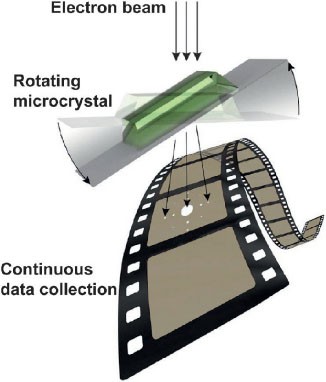
Researchers in the United States have created a novel electron diffraction technique aimed at identifying the structures of solvated organic molecular microcrystals at ambient temperature. This groundbreaking method may enhance investigations of molecules that require ongoing solvation, broadening the scope of chemical and pharmaceutical studies. Michael Elbaum from the Weizmann Institute of Science highlights the significance of assessing electron diffraction on crystals immersed in liquid water, a task typically regarded as difficult. Jose Rodriguez from UCLA notes that the technique employs Microcrystal Electron Diffraction (MicroED), which leverages high-energy electron beams to investigate molecular structures through scattering patterns. Conventionally, samples are frozen to alleviate vacuum and radiation impacts, yet freezing is not suitable for all solvents. Rodriguez’s team has introduced advancements: utilizing liquid cells for vacuum protection and assessing the tolerable exposure to minimize electron irradiation damage. They explored methods to maintain crystal hydration, concluding that a straightforward configuration using carbon-based liquid cells proves most effective. This approach, tested on organic compounds including ceftazidime and polypeptides, is user-friendly and necessitates minimal specialized tools, enabling global implementation. In contrast to graphene-based methods, which may disrupt measurements, amorphous carbon offers a strong, low-diffraction background.
